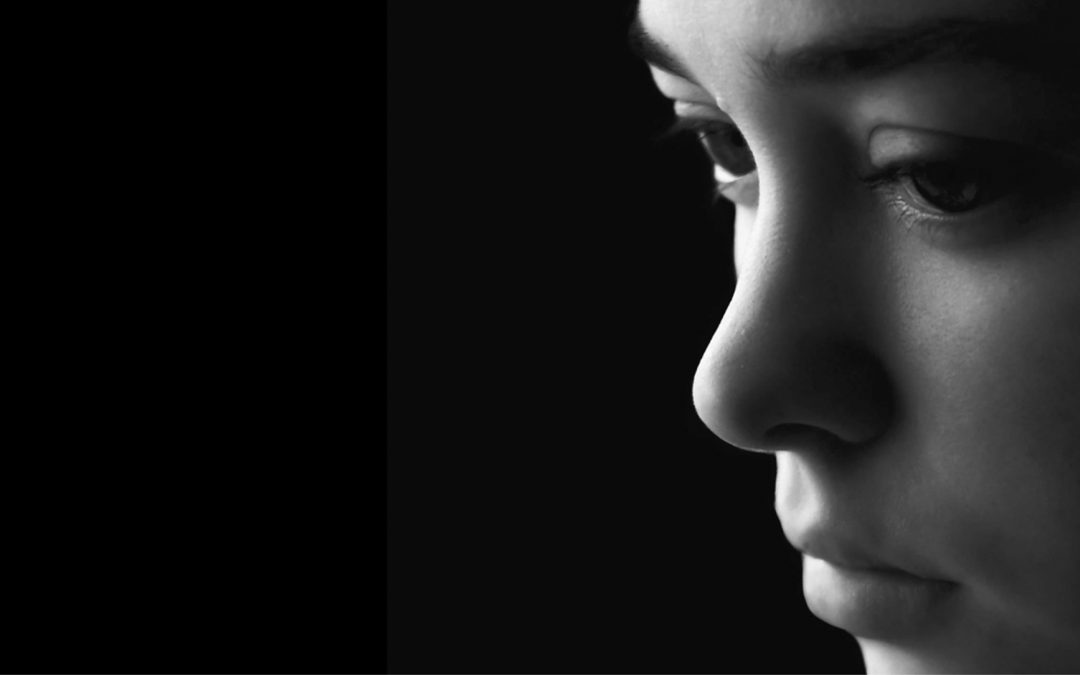I was introduced to the description of Mary, mother of Jesus, as God-bearer by Kenda Creasy Dean and Ron Foster in their brilliant book about youth ministry, The Godbearing Life. The term comes from the Greek work theotokos, and the theological notion is more prominent in Eastern Orthodox churches than in Protestant churches.. Dean and Foster’s book presents an compelling invitation to see young people as God-bearers, rather than as problems to be solved.
A few years ago, a Facebook friend who is a liturgical theologian posted a warning for male preachers not to presume to preach on what it was like for Mary to be bearing this Child of God. I had been thinking of doing this exact thing, so I took his word of caution to heart. Instead, I decided to find a way to let women speak of their experience of pregnancy, without added commentary from me, other than some questions. The questions would invite people to reflect on the growing presence of God in their own lives.
My approach was prompted by the work of our daughter Grace who is an artist, and whose graduate sculpture piece was an installation involving people listening to other people’s secrets.
I contacted three friends who had given birth to children in the last few years, asking if they would write a story about their experience. I would then take these stories and ask some other young women to record their narratives in order to ensure anonymity. Two of my friends agreed. The stories that came back were not at all what I expected. Their experiences were full of uncertainty, vulnerability, awe, joy, fear, rejection, doubt, grace and more! Gifts of humble truthfulness. And their stories held all kinds of possible parallels with the experience of a young, pregnant, unwed Mary.
We recorded the stories. I put them in a movie clip with very slow zoom on images of two faces, and gentle, ambient instrumental music. On the Sunday when I showed the clip in worship, I was very careful to explain what I was about to show, and to caution people that this might trigger a range of feelings and memories for them. It is important for me to tell you that afterwards, an older woman walked out, clearly distressed, followed by her husband. This is my defining memory of the event. I honestly have no memory of other reactions. I just felt distress for this couple.
Did I do the right thing or not? Is this a legitimate way to invite people to reflect on the Annunciation and birth narratives? Is this what theotokos is about? I must say that, to my mind, the unexpected details of these two women’s experiences spoke quite directly to the fathomless uncertainties of incarnation. I am always on the side of wanting people to embrace the humanity of Jesus: it is all too easy to simply see him as God, ‘other’. Was I being a good worship leader and preacher by crafting such a vulnerable place? Did I provide sufficient scaffolding before and afterwards to provide people with some safety? Should worship always be safe? What if one of our problems with worship is its safety and blandness?
My main reason for posting is to invite you to consider how authentic story-telling might have a place in our worship, and what we might need to consider when doing so. I’m not going to give you more details about what happened for the sake of those involved. For me it is a kind of case study for exploration, and in fact I’ve used the video as such with small groups of preachers and worship leaders. My learnings were about the need to work with people afterwards, both within and beyond the worship event. What do we think about the vulnerability of God and how does this connect in any way to our own fragility anf vulnerability (finiteness)? What might we learn from this about who Jesus is, who God is, and who we are?
[The backing music was OK for me to use in worship – you can use any recorded music in worship without permission – but not OK for me to share more widely without permission. I may at some stage replace the music and seek permission from the two authors to share it with others.]
